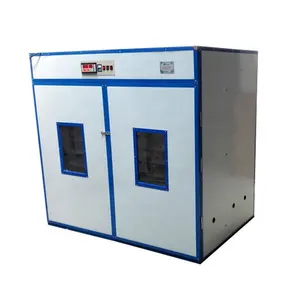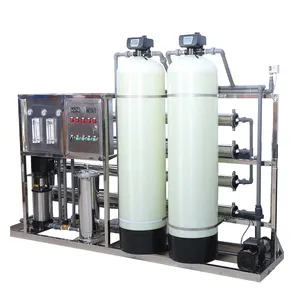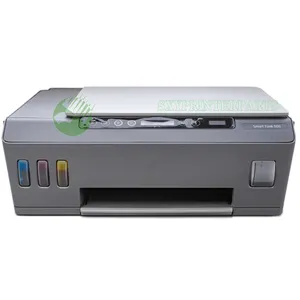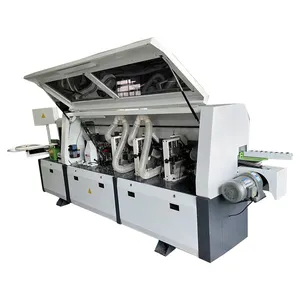Popular in your industry
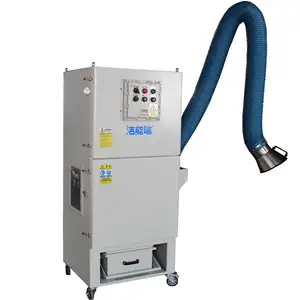



























































Related Searches:

















































































































































Top categories
About lead dust removal
Lead dust is a common problem in environments where lead-based paint is present, and it can pose serious health risks, particularly to children and pregnant women. The term lead dust cleanup refers to the removal and elimination of lead-containing particles from surfaces and the surrounding environment. Lead dust can be generated through various activities, such as renovation or deterioration of lead paint, friction on lead-painted surfaces, or improper lead abatement practices. To address this issue, it is essential to employ effective and safe lead dust removal methods. Lead dust cleanup can involve a range of techniques, from simple cleaning practices to more specialized approaches, depending on the extent of contamination and the specific requirements of the situation.
Why is lead dust removal important?
Lead is a toxic metal that can have severe health effects, especially on children and pregnant women. Lead exposure can cause developmental delays, learning disabilities, and a range of other health issues. Lead-based paint is a common source of lead exposure in homes, particularly in older properties where lead-based paint was used. When lead-based paint deteriorates or is disturbed, it can create lead dust, which can be easily inhaled or ingested, leading to lead poisoning. Therefore, it is crucial to prioritize lead dust removal to prevent the risks associated with lead exposure and ensure a safe environment, especially in spaces frequented by children.
How to remove lead dust from the home effectively?
Effective lead dust removal is critical to safeguard the well-being of individuals exposed to lead-contaminated environments. The fundamental approach is to implement thorough and safe cleaning practices to eliminate lead dust from surfaces and areas where it may accumulate. This includes using lead dust cleaners specifically designed for lead remediation. These specialized products are formulated to capture and bind lead particles, preventing them from becoming airborne during the cleaning process. Additionally, incorporating techniques such as wet wiping, high-efficiency particulate air (HEPA) vacuuming, and mopping with lead-specific cleaning solutions are essential for comprehensive lead dust cleanup. For more extensive lead dust issues, professional lead abatement services may be necessary to ensure a thorough and compliant removal process.
Lead dust cleaners are specialized products designed to effectively capture, encapsulate, and remove lead particles from various surfaces. These cleaners typically come in the form of solutions or wipes that are specifically formulated to address lead dust contamination. The primary function of a lead dust cleaner is to bind with lead particles, preventing them from becoming airborne and minimizing the risk of lead exposure through inhalation or ingestion. Lead dust cleaners are particularly crucial in environments with lead-based paint, as the deterioration of such paint can generate hazardous lead dust. Common applications of lead dust cleaners include routine cleaning and maintenance in spaces with lead-based paint, post-renovation cleanup to address lead dust generated during construction activities, and targeted cleaning in areas with known or suspected lead contamination. It is essential to follow the manufacturer's instructions for proper use and safety precautions when working with lead dust cleaners to achieve effective and safe lead dust cleanup.
